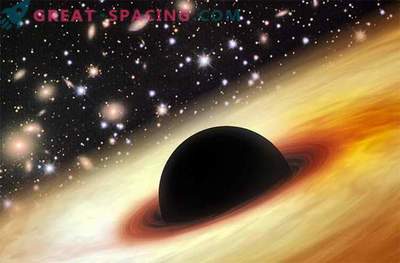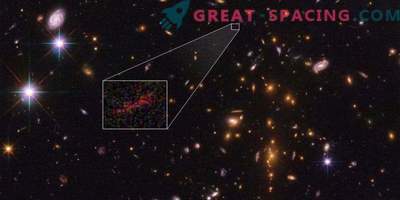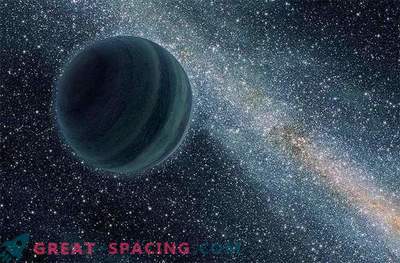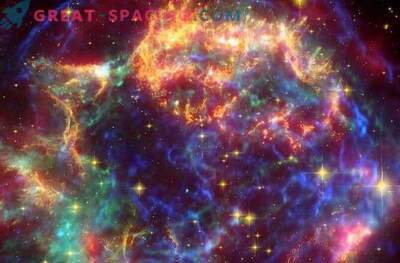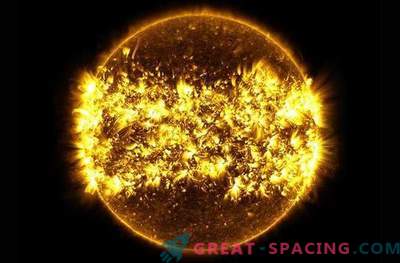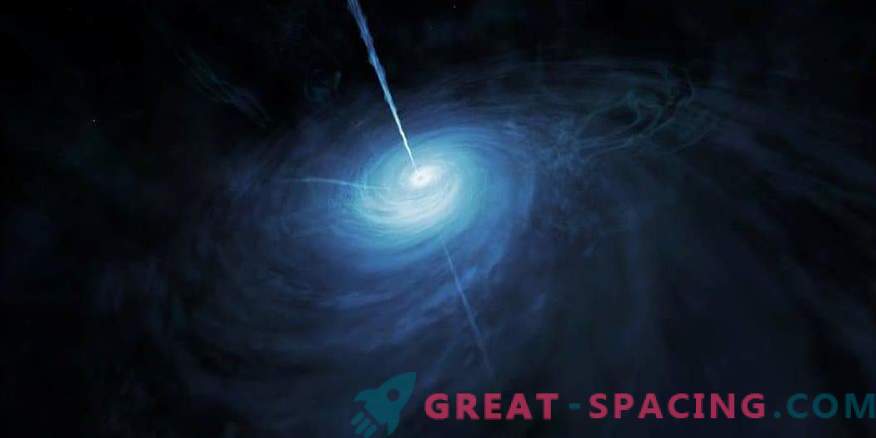
The newly discovered quasar in the nucleus of an emerging galaxy is the brightest object found in the early Universe. Quasar creates energy when a gas hits a supermassive black hole.
The researchers were able to find the energy core of a distant galaxy, which beats the record in the category of the brightest object in the early Universe. The brightness level is equal to 600 trillion. suns This is a quasar, which was able to be considered due to random alignment with a dim galaxy that amplified the light.
Quasar is 12.8 billion light-years distant from us and shines in the center of the galaxy in the early period of universal history. This is the era of reionization, when the first stars and galaxies began to burn the shell of neutral hydrogen.
Several powerful ground-based telescopes and the Hubble Space Telescope were used to observe the object. With their help, we conducted a comprehensive review of J043947.08 + 163415.7. A quasar receives brightness due to a supermassive black hole: material from a gas disk around it falls into a hole, causing energy flashes at different wavelengths.
Most likely, the quasar broke out when the Universe was less than a billion years old, but part of the world has just now reached Earth. The analysis shows that the black hole feeding the quasar is several hundred million times the solar mass. Despite the high level of brightness, the distance to the quasar is so huge that it was possible to consider it only thanks to the trick of positioning. Gravitational lensing caused the light from the quasar to be bent around a galaxy located between the object and the Earth. This led to the fact that the quasar seems 50 times brighter. The relative dullness of the galaxy with a lens also helped in the observations.
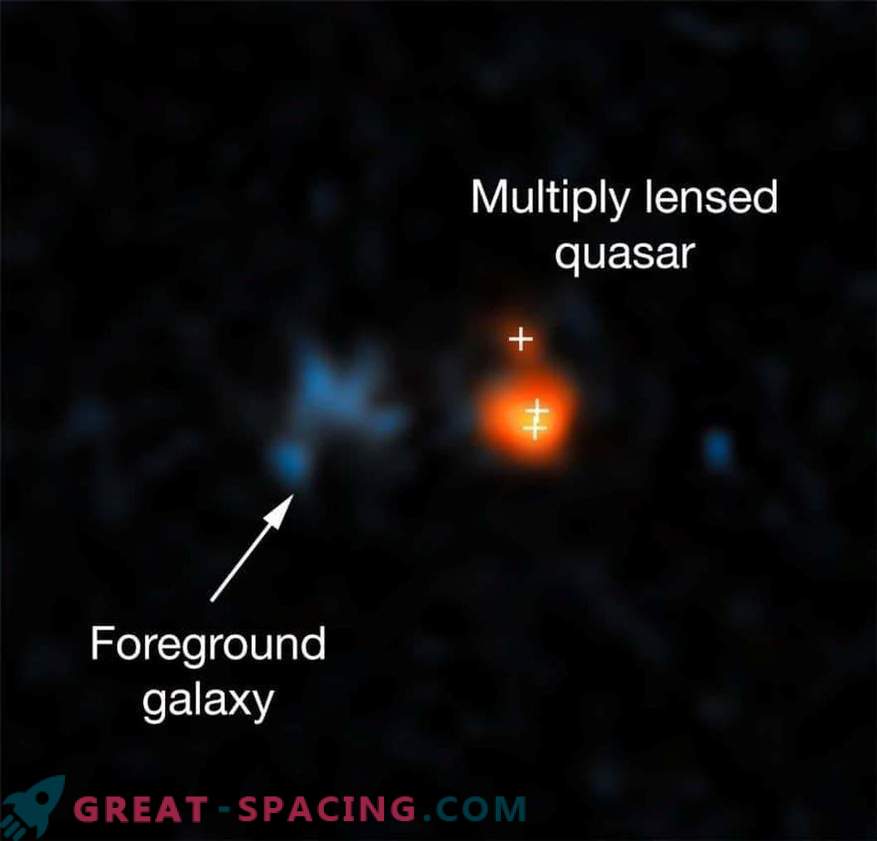
The Hubble Space Telescope's look at the distant quasar J043947.08 + 163415.7, enlarged by an intermediate galaxy in the foreground
It is estimated that the quasar produces 10,000 stars per year. His analysis will make it possible to better understand the key moment of cosmic history, when the first stars and galaxies kindled and formed the known Universe. More telescopes are planned to be attached to the survey in order to expand the information about the object.
Discovery again raised the topic of phantom quasars that exist, but they are not yet able to be detected due to their distance and location. If they turn out to be much larger in reality, this will revolutionize the idea of what happened immediately after the Big Bang.










